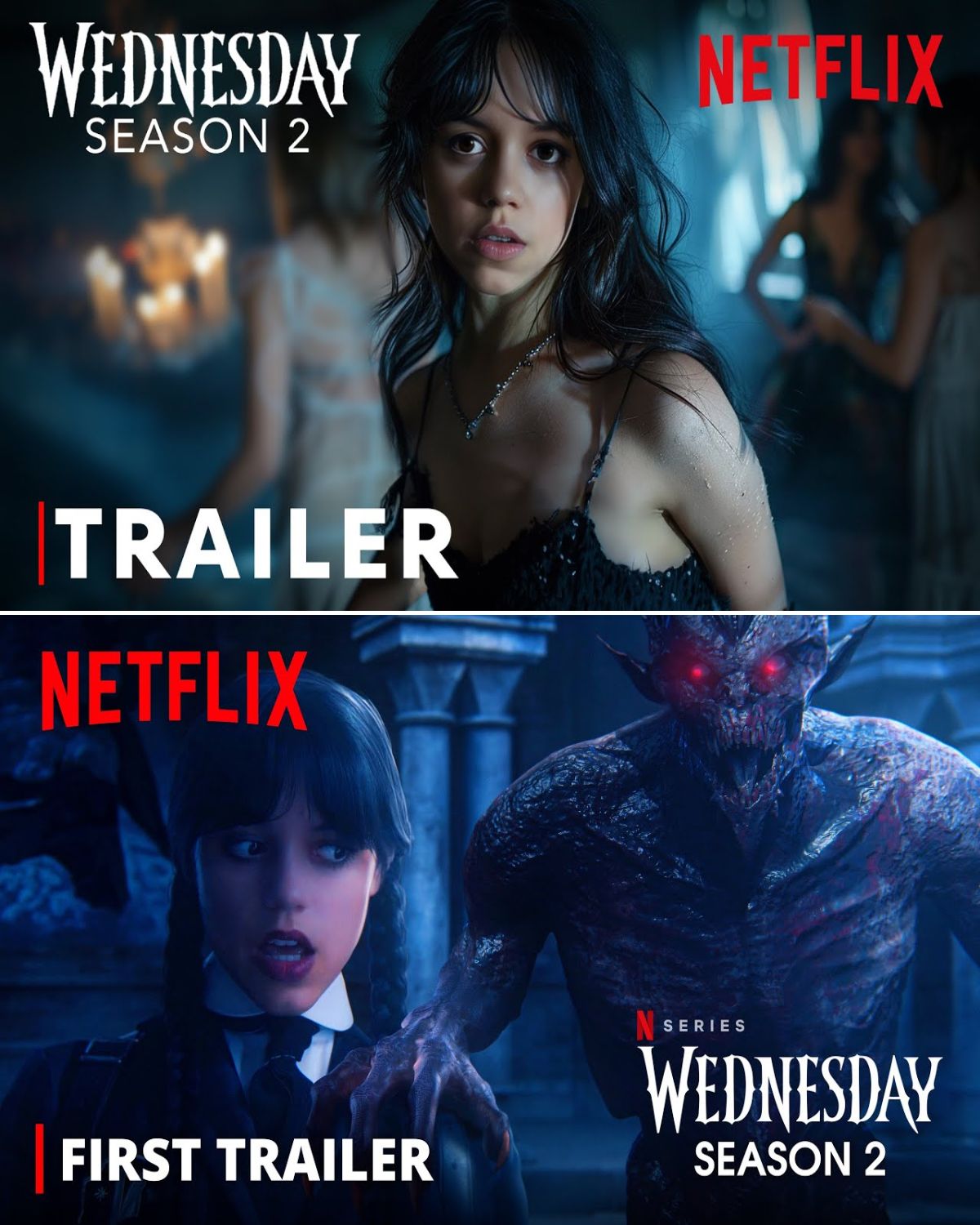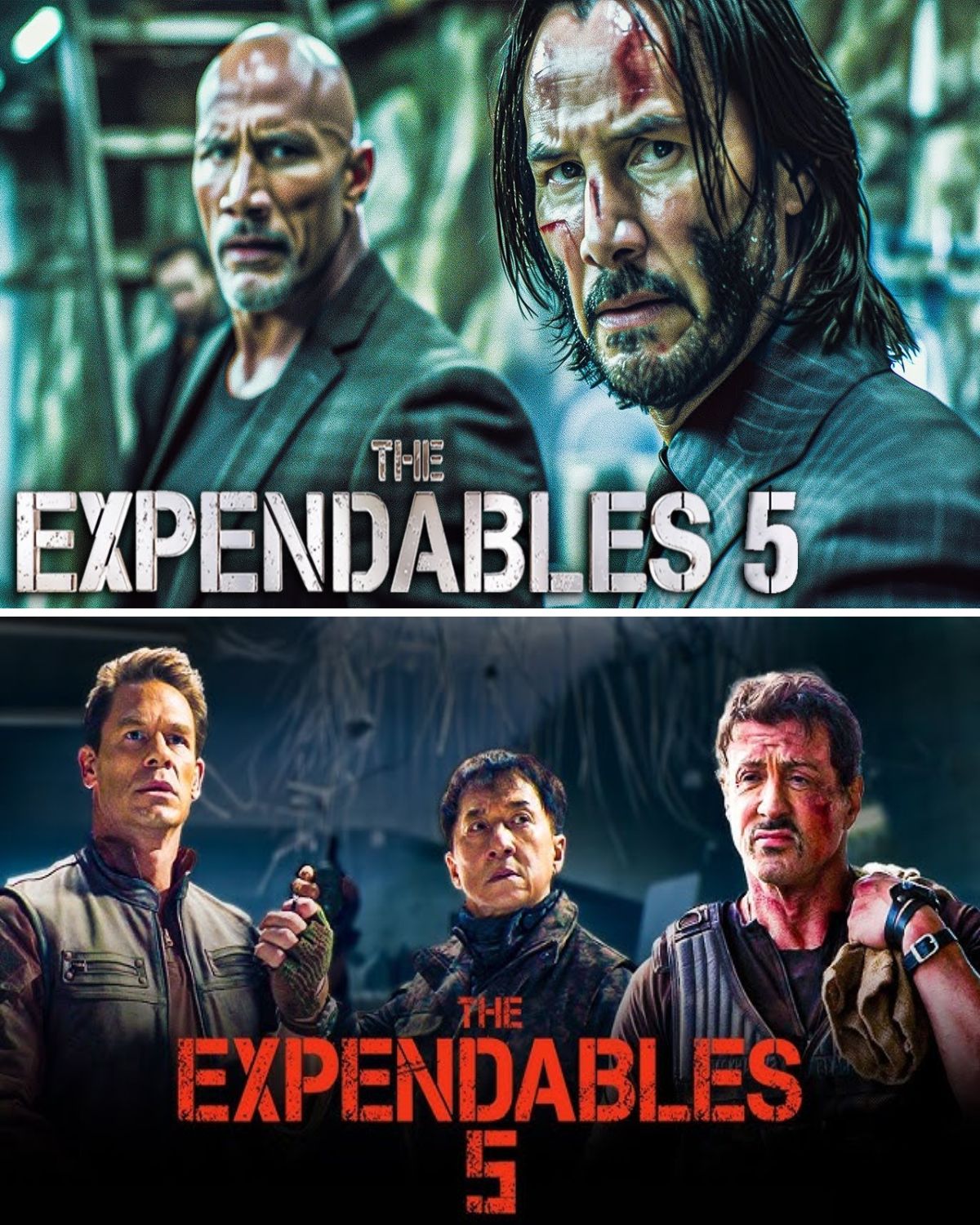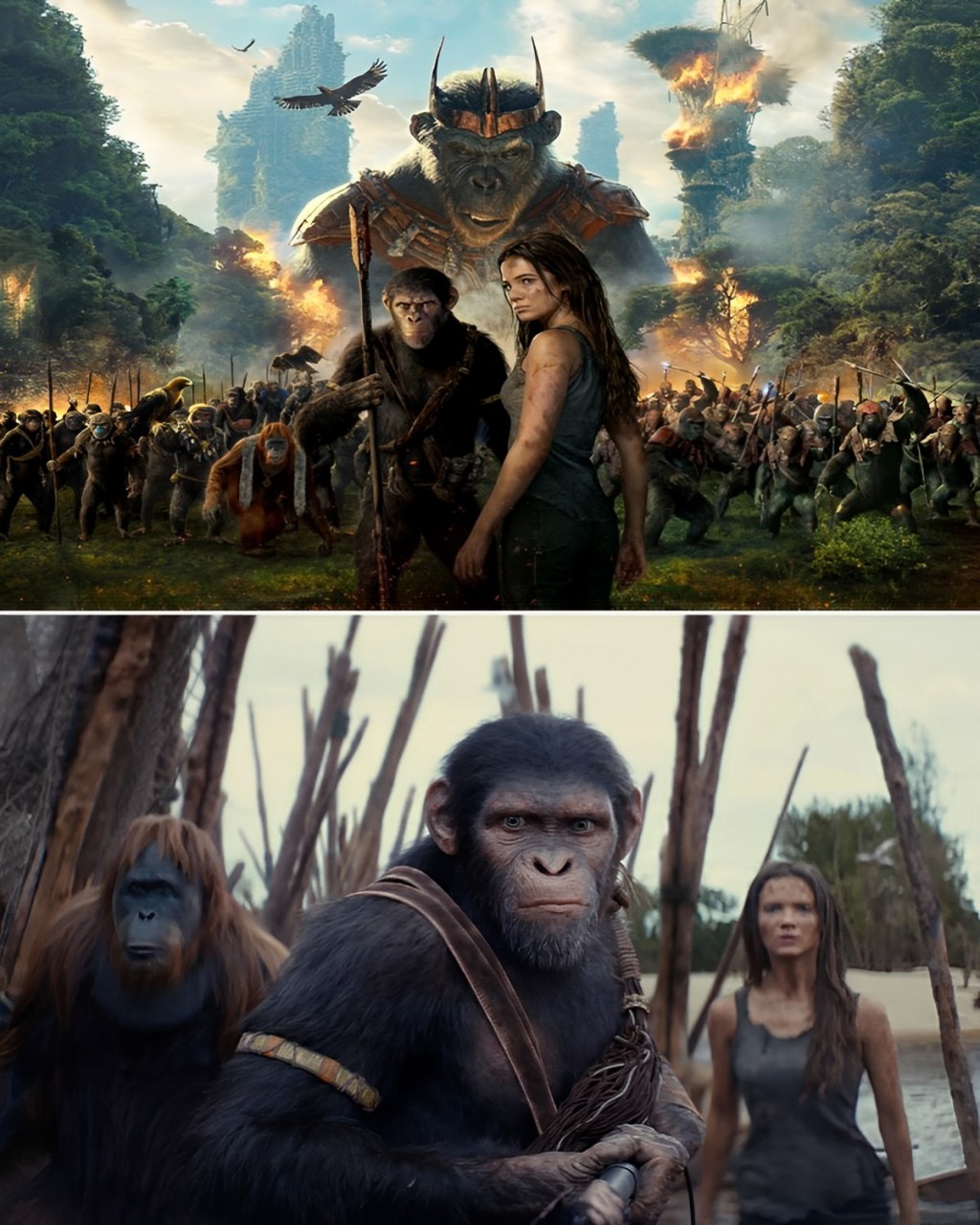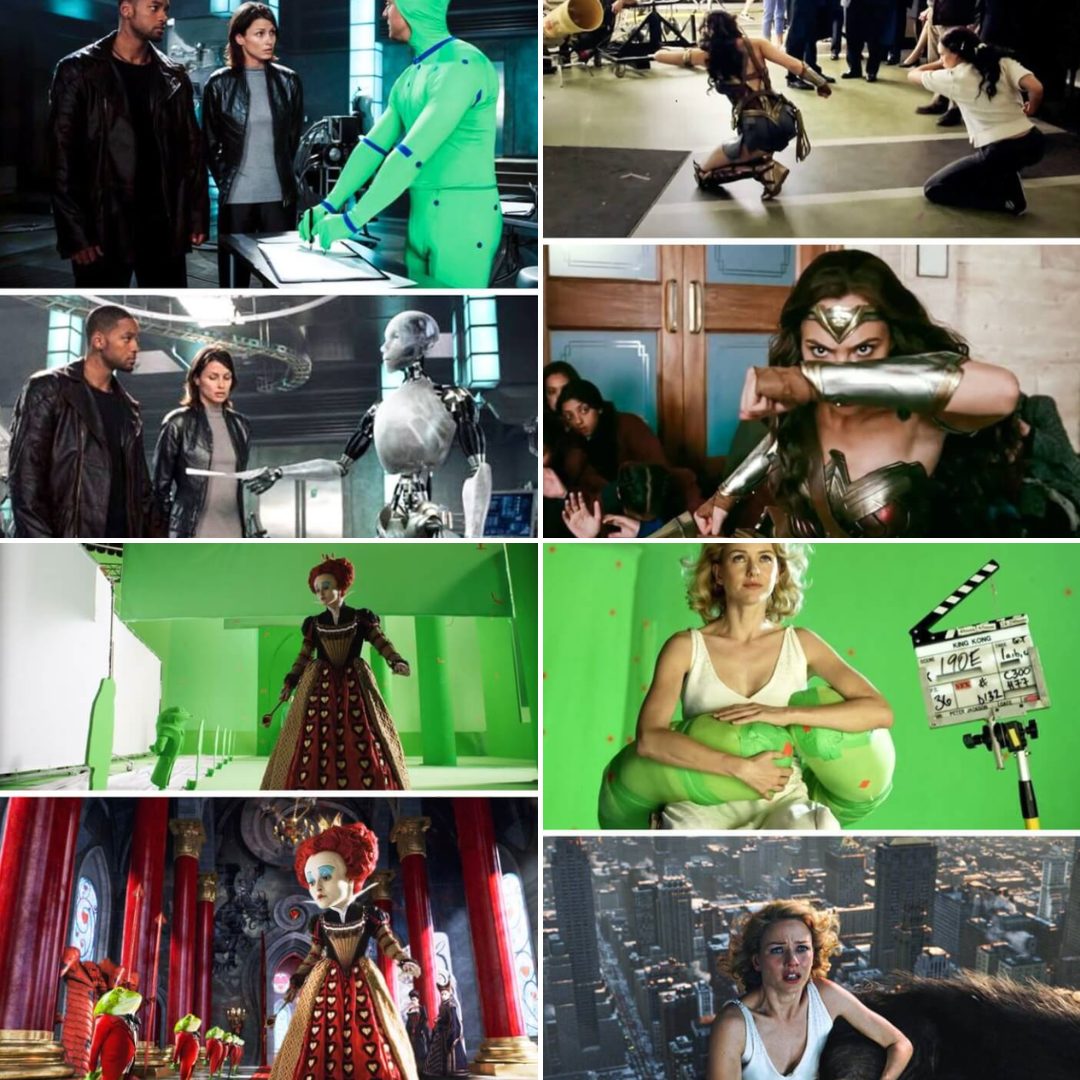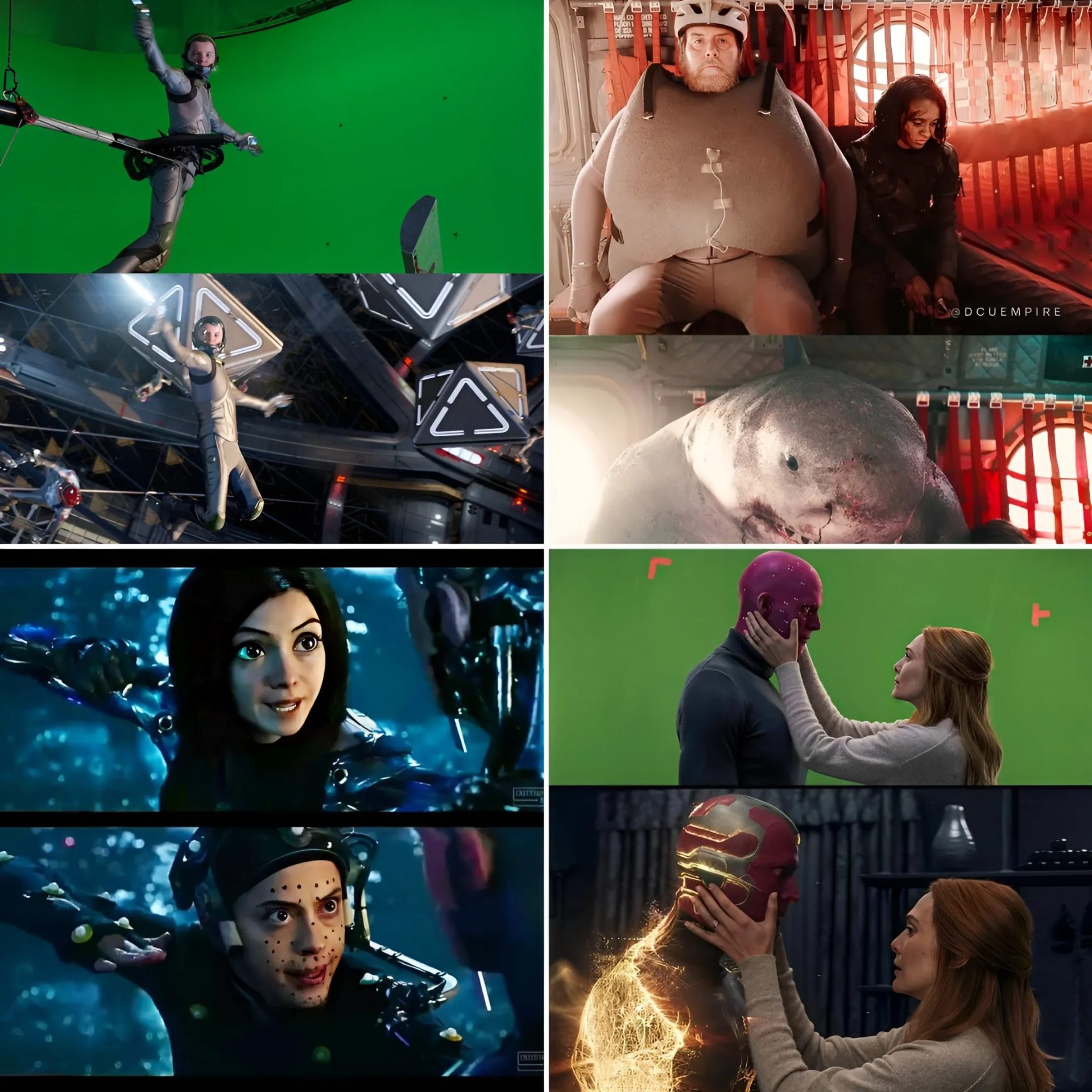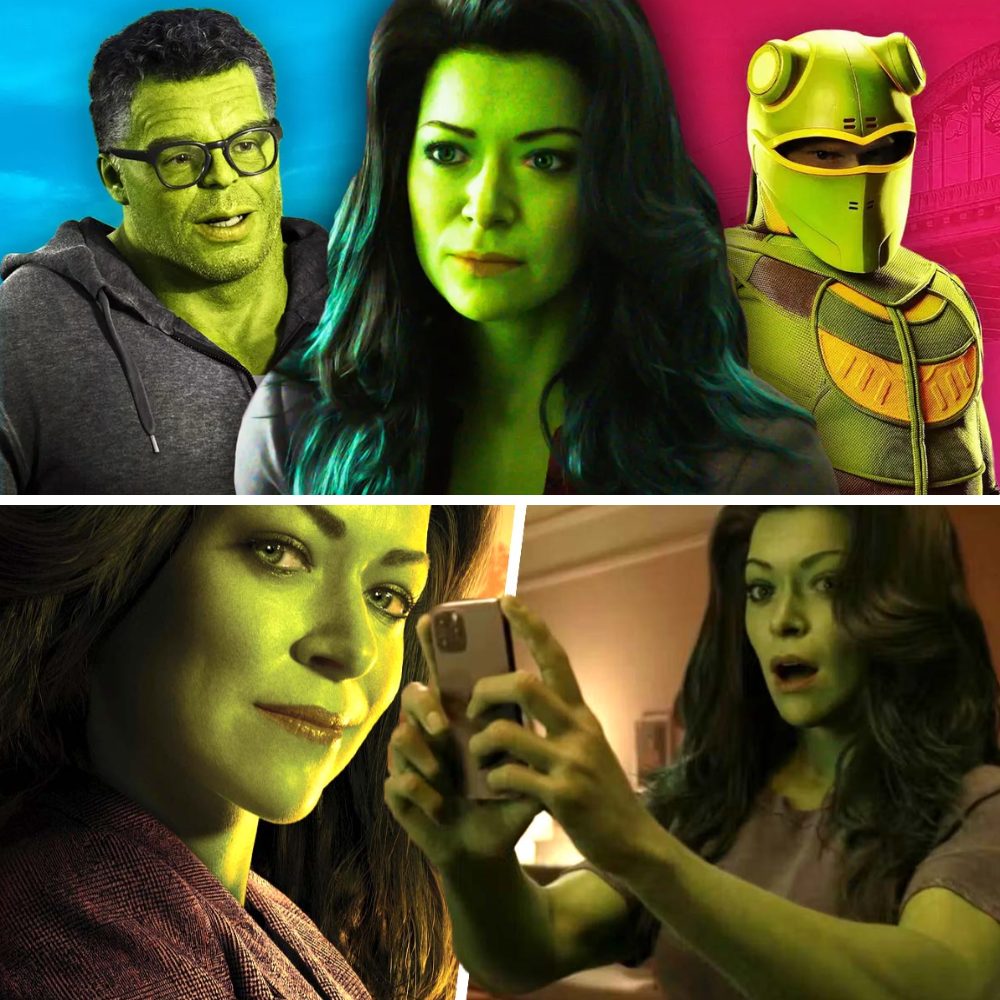No Iron Man, no Thor, and a lot more Power Pack? Avengers: Infinity War could have been very different had Kevin Feige followed the original MCU plan.

Avengers: Infinity War could have been very different had Kevin Feige followed the original plan for the Marvel Cinematic Universe. We’re talking no Iron Man, no Thor – and a lot more Power Pack.
It can be strange to consider how much the superhero movie landscape has changed since the MCU started back in 2008. When Iron Man released, it felt like the bubble was either going to burst – both Spider-Man and X-Men trilogies had burnt out – or things would pivot away from comic book feel entirely – not only was Tony Stark grounded but just a few months later The Dark Knight stripped Batman down to gritty crime epic. That the superhero genre didn’t crash hinges a lot on what Marvel did with their shared universe, which makes it all the more surprising that the now-iconic Avengers of the MCU are a far cry from the roster Marvel Studios had lined up when the company first announced it was going to start making its own movies.
Marvel Studios (n̩e Films) started life in the 1990s as a licensing arm of the parent company, selling off packaged rights to their biggest characters for other production companies to turn into movies. At the time, that was all they could do РMarvel was in financial trouble and filed for bankruptcy in 1996 Рbut after major restructuring and the growth of those movies, fortunes turned around. They no longer had the rights to the icons who had made their name, but what Marvel did was have the leveraging power to build something else.
Marvel Studios’ Original Avenger Line-Up Was Very Different

By 2004, Marvel Studios began to look at self-financing. As it stood, their gains from successes like Blade, X-Men and Spider-Man were entirely secondary – brand-related income, mostly merchandising – with the respective studios the characters were licensed to taking home the profits. Making movies from scratch gave them the full pie. Taking out a $525 million loan, Marvel set out to turn some of the biggest characters that it still had the rights to into movies, with ten pictures set for the coming eight years.
In 2005, that ten-property line-up was revealed: Ant-Man, The Avengers, Black Panther, Captain America, Cloak & Dagger, Doctor Strange, Hawkeye, Nick Fury, Power Pack and Shang-Chi. No detailed plans for any of the movies were revealed initially, although it was suggested early on that Doctor Strange was viewed as the universe cornerstone (similar to Iron Man), and The Avengers was presumably always a team-up of the sub-franchises.
Yet, immediately, you can see fundamental differences in makeup. Some of the biggest MCU heroes are absent, while many of those that are there would either be put into overarching support roles – Hawkeye was an Avenger but first camoed in Thor, while Nick Fury was more the glue of Phase 1 than headliner – or wouldn’t be integrated until much later – Ant-Man in 2015, Black Panther (as part of Captain America: Civil War) and Doctor Strange in 2016, and Cloak & Dagger in their upcoming Freeform TV series. Indeed, in that initial eight-year window, out of the six movies Marvel released, only Captain America: The First Avenger and The Avengers were the projects named here (and they were the latest).
What stands out most, though, is the names we haven’t yet seen in any form in the MCU. Power Pack had been a focus for Marvel Studios before the self-financing days, and as recently as 2017 a film was said to be in development, but no rumblings have matched this early citing (it’s possible they were viewed as a Fantastic Four replacement akin to how Inhumans was intended to fill in for X-Men, given the similar team dynamic and wholesome nature). Shang-Chi is even more out there, and there’s been seemingly no real development since (although he does offer an area Marvel is still yet to fully explore).

As evidenced by what we got, something big changed between that initial announcement and release. And, the reason is what defines a lot of MCU decisions: character rights. The initial ten properties came from what Marvel Studios hadn’t sold off, based on their suitability from a Marvel Universe roster lacking Spider-Man, X-Men, Fantastic Four, Daredevil, and more. Although soon other potential characters emerged.
In 2005, the Iron Man rights returned to Marvel from New Line Cinema, with Black Widow and Hulk (albeit with a first-refusal remaining at Universal on all solo projects) the next year. After that more familiar roster came together, a Thor film was announced, Iron Man began production, and the lesser known of the ten projects slipped away. Everything began to fall into place.
Getting the rights back to Iron Man and Hulk – the first two entries in the MCU – definitely influenced the slate change, although there’s an indication that the initial setup was never fully backed creatively. It was proposed by then-CEO Avi Arad, who resigned in 2006 after disagreements with Studios President and COO David Maisel over the grand scope of the approach. This made way for Maisel to become Chairman and Kevin Feige President. It’s quite likely, given Arad’s marketer-first-producer-second approach, that the initially chosen ten were picked more on branding than the movies or stories themselves, meaning a change in at least focus was inevitable.
Whatever the truth, the Marvel plan changed. And not for the last time.
What Has Changed At Marvel Studios Since Iron Man

The Marvel Cinematic Universe is a massive machine of nearly two-dozen movies, with more and more in various stages of development at any one time. When you have a company that big, there are going to be a lot of changes at every stage. Not all of it’s public, but we can paint a good picture of how things ebbed and flowed.
Once the map was laid to The Avengers, Phase 1 seems to have gone along to plan, with the success of all the previous films meaning there was no real need for direction adjustment. If anything was affected, it was by the cash boost of the Disney purchase in 2009. Phase 2, likewise, was very much growing from where the previous movies left off and paying off deep-set idea; by the time Guardians of the Galaxy released in 2014, it had been a reported possibility since 2011 and likely on the cards from before that. The biggest shakeup was director losses – Thor: The Dark World had several filmmakers come and go, while Edgar Wright stepped away from Ant-Man in 2014 – but they didn’t alter things too much short-term.
Phase 3 is where we can see a comparable shift to those early days, thanks in part to Marvel announcing the entire slate of movies ahead of time in 2014; any alterations can be easily spotted. Of course, even if they’d held the cards closer to their chest, we’d have known big changes were happening. In 2015, Marvel Studios moved from being a part of the Marvel Entertainment subsidiary of Disney to its own entity, gifting Feige more freedom and disbanding the Marvel Creative Committee (a group that included the likes of Marvel head Ike Perlmutter where “creative” was a misnomer). From Captain America: Civil War onwards, the movies had different oversight. And it shows, perhaps best in how readily Phase 3 dropped the committee-pushed setup of Avengers: Age of Ultron like Thor’s Infinity Stone quest or Klaue as Black Panther‘s big villain.
But there are also the slate changes. Shortly after the Creative Committee folded, the fate of Inhumans – well known as a favorite of Perlmutter – came into question and it was quietly dropped from around the time Ant-Man and the Wasp was added (in response to the original’s success). Then, the addition of Spider-Man to the MCU – a character who Marvel’s lack of had first started the road to The Avengers – shifted several movies back. However, despite refocusing and adding a couple of projects, the big impact was nothing more than date changes: we were always getting Infinity War, perhaps from earlier than we realized.

What makes going to the start of Marvel and looking at what could have been so startling is that it’s likely, whoever was leading the Avengers, it always ended at Infinity War. The roadmap was variable, sure; Feige has talked about how The Avengers balance could have been altered if one of the founding heroes’ solo movies hadn’t connected in the right way, and if the series failed outright Marvel wouldn’t have been doggedly releasing films hoping things pick up (that is, even if they could afford it). But all the signs suggest Infinity War was the desired end game from early on.
The movies had begun flirting with the cosmic realm as early as Thor in 2011, which also dropped an Infinity Gauntlet Easter egg (albeit one now revealed as a fake). Captain America: The First Avenger went full Raiders of the Lost Ark, and by the time we got The Avengers, the grounded Iron Man was taking on giant space monsters. Crucially, at the end of that first team-up, we got visual confirmation (after several strong rumors) that Thanos was the real big bad. Phase 1 is littered with clues pointing towards Infinity Gauntlet, suggesting a deep-set idea. Although it’s the behind-the-scenes motivation for these that makes it seem inevitable.
Crucially, we know Kevin Feige is driven by his vision. He originally floated the notion of Aunt May discovering Peter Parker was Spider-Man way back in the second Sam Raimi film, and returned to it for The Amazing Spider-Man 2. When he finally ended Spider-Man: Homecoming with the character’s own “I am Iron Man” moment, he’d been chasing it for 14 years. But the motivation for that choice is what’s so important; it came from a desire to recreate the impact a comic had on him (in this case, J. Michael Straczynski’s run on Spidey).
Related: Where The Infinity Stones Are At The Start Of Avengers 3
And what’s the most impactful comic for Feige? By all accounts, it was 1992’s Infinity Gauntlet, which is providing at the very least the ingredients for Avengers: Infinity War. If it is as dominant an idea he wanted to translate as an unmasked Spider-Man – which it surely is – he’d have been working towards it regardless of initial team setup.
Again, variation is key. If Phase 1 hadn’t been so seismically successful, it’s possible Avengers 2 would have been the Infinity culmination, rather than the Ultron stopover, and even now the high presence of the Guardians of the Galaxy in the story only occurs because of their explosion. However, the fundamental point is that, no matter the start, the ending feels set.
Would Earlier Iterations Of The MCU Have Worked?

An end-game is one thing, though; reaching it is another. The question we come to at the end of this exploration is less what could have been and more whether what was originally proposed could have worked. It’s a tricky area given how mind-numbingly successful the MCU we got is, and so the instinctive answer is no: how could anything match this success?
But ten years ago, hitting a billion dollars with nearly every release wasn’t Marvel’s goal. Survival was. And the plan evidently had worth, so it’s easy to see, with a similar ethos, a universe built on Cap, Hawkeye, Cloak & Dagger, and Ant-Man could have been comparably popular to the one with Iron Man, Thor and Hulk. Of course, because of the Arad complications, it’s not truly clear if the initially proposed version of the MCU would have ever come to pass, or if it was more about leveraging funds and we’d have just got the expected set of heroes with the out there picks gathering dust – but there’s something inherently strong that Marvel hit upon regardless.
What we do know is that, in our version of events at least, what’s allowed Marvel’s success is their adaptability – all while moving towards Avengers: Infinity War.
